Related
Summary
donjon & Dragonsis celebrating it ’s 50th day of remembrance this year with three Modern core rulebooks , the2024 Player ’s Handbook , the2024 Dungeon Master ’s Guide , and 2025Monster Manual . Each of the new core rulebooks has been totally revamp with completely new elements bestow include unexampled subclasses , giant , and charm . The Dungeon Master ’s Guide has also been rewritten to make it easier for newcomer to jump behind the DM screen . The Player ’s Handbook includes new species , subclasses , and completely revamp magic spell and subclass .
The squad behind the raw rulebooks have accept feedback from participant from the last ten years into bill when work on the Modern core rulebooks . Jeremy Crawford andChis Perkins have shared a telephone number of details about each of the Modern heart and soul rulebooks that have scheme devotee . They seamlessly weave the traditional knowledge and shop mechanic together to create even more exhillerating game fun for player and Dungeon Masters .
Ranger changes in the 2024 Player ’s Handbook have been met with both inflammation and criticism , but one fundamental reveal confirms an crucial fan .
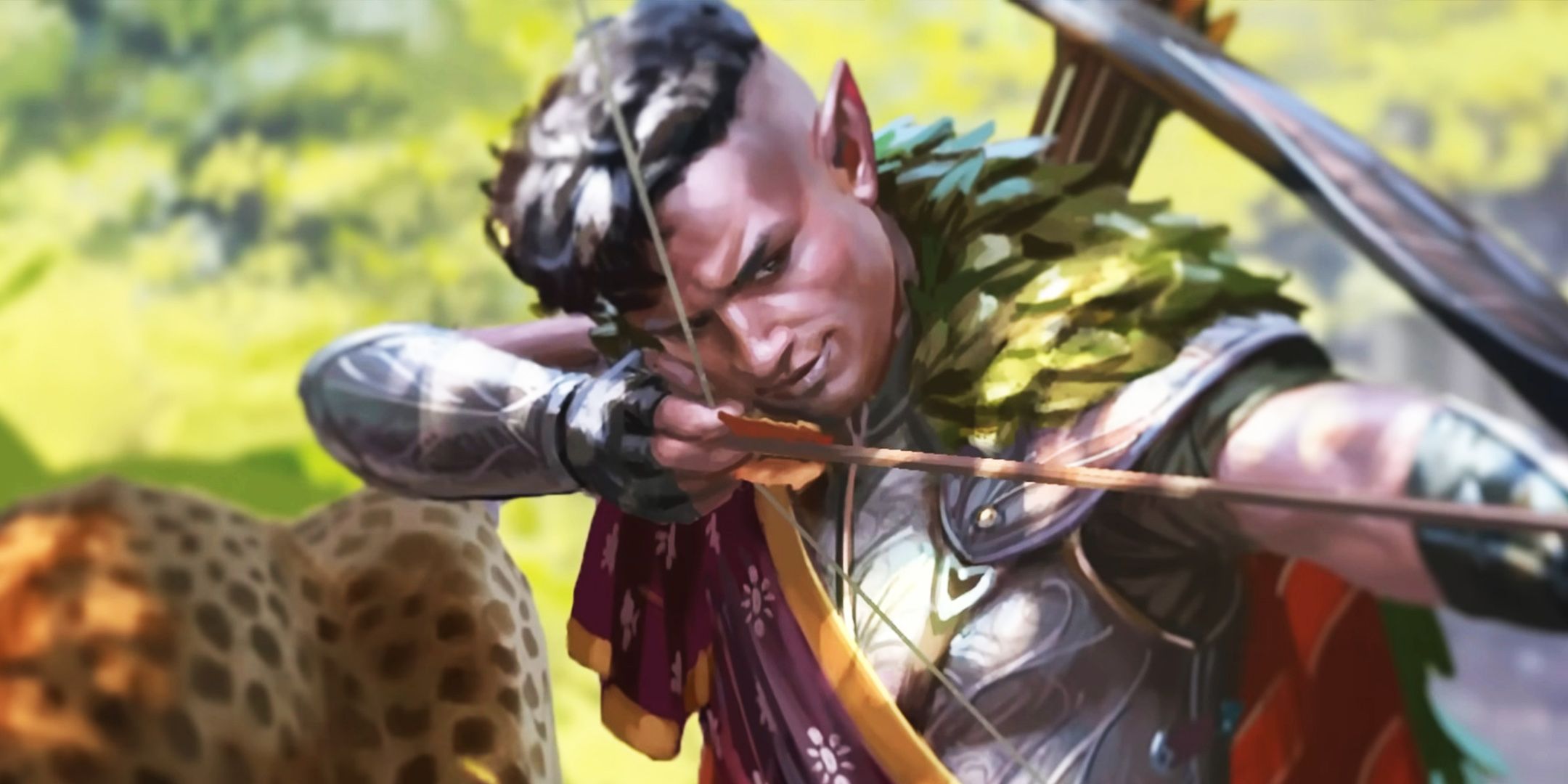
While at Gen Con Wizards of the Coast host a public press conference about their upcoming task with a major focus on thenew Dungeons & Dragons heart rulebooks . Screen Ranthad the chance to chat with Jeremy Crawford about many of the change to the core rulebooks . He revealed details about two unexampled monsters , the Arch Hag and Blob of Annihalation , new lore behind spells , and many of the alteration with established classes and subclass . He also break down the raw subclasses and reveal why the artificer is not included in the2024 Player ’s Handbook .
The Rulebooks Have “Added More Spells That Are Named After People In The D&D Multiverse”
I know you said that with Wish it was the backbreaking and most fun to vary because there ’s more traditional knowledge behind it . Were there other elements , especially with spell , that you wanted to add more lore to in gild to flesh that out ?
Jeremy Crawford : Yeah , so there are spells like Legend Lore that now even have a bit of comedy in them . With every spell when we revisit it , we ’re not only looking at how does it serve mechanically , but also how does it really contribute to the DM and the player ’s world building that is go on as they play D&D ? So whenever we go to a patch , we ’re muse what does this say about the D&D multiverse ?
As a part of that , we also have added more magic spell that are key after people in the D&D multiverse . So for instance , there ’s a stigma new Tasha Spell in the book as a nod to the record , Tasha ’s Cauldron of Everything . There is now a new Tasha magic spell that summon Tasha ’s Cauldron and you’re able to fish potion out of it . It ’s a high level spell , but we also now have a spell associated with Yolande , the Elf Queen of Greyhawk and turn associated with Jallarzi , she is one of this famous Circle of Eight in Grayhawk .
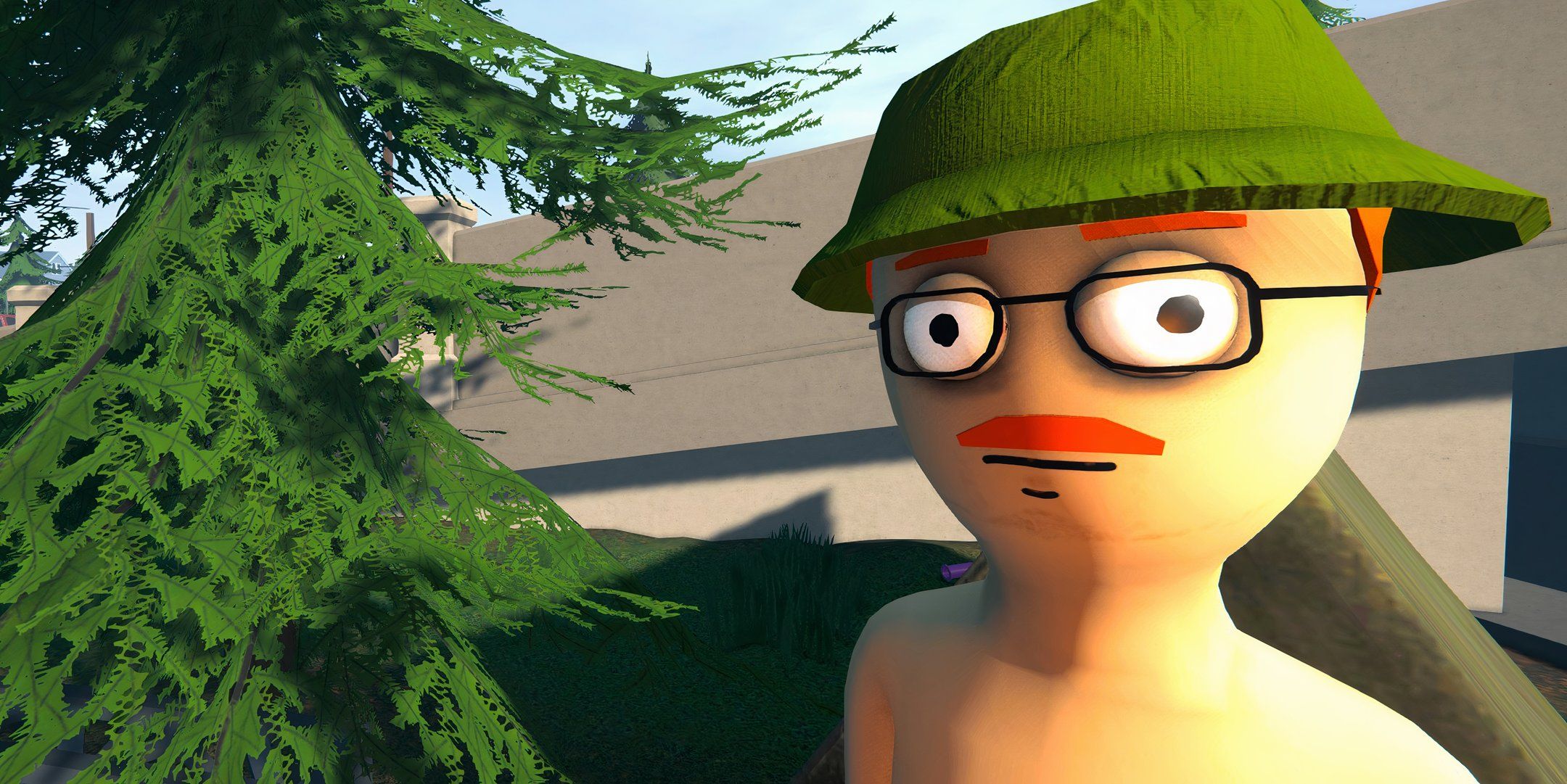
In addition to a caboodle of new variety of fun crunchy material , there ’s bits of lore and then aided by the lore glossary and the Dungeon Master ’s Guide where you could then go understand up on who is this Tasha ? Who is this Yolande ? Who is Jallarzi ? So it ’s a case of how the books work together sort of teaming up .
I enjoy that all of the books are so seamlessly woven together .
Jeremy Crawford : We are so happy we were able to do it . It was also a terrible effort because that ’s basically over a thousand page of content that we ’ve been developing at the same time .
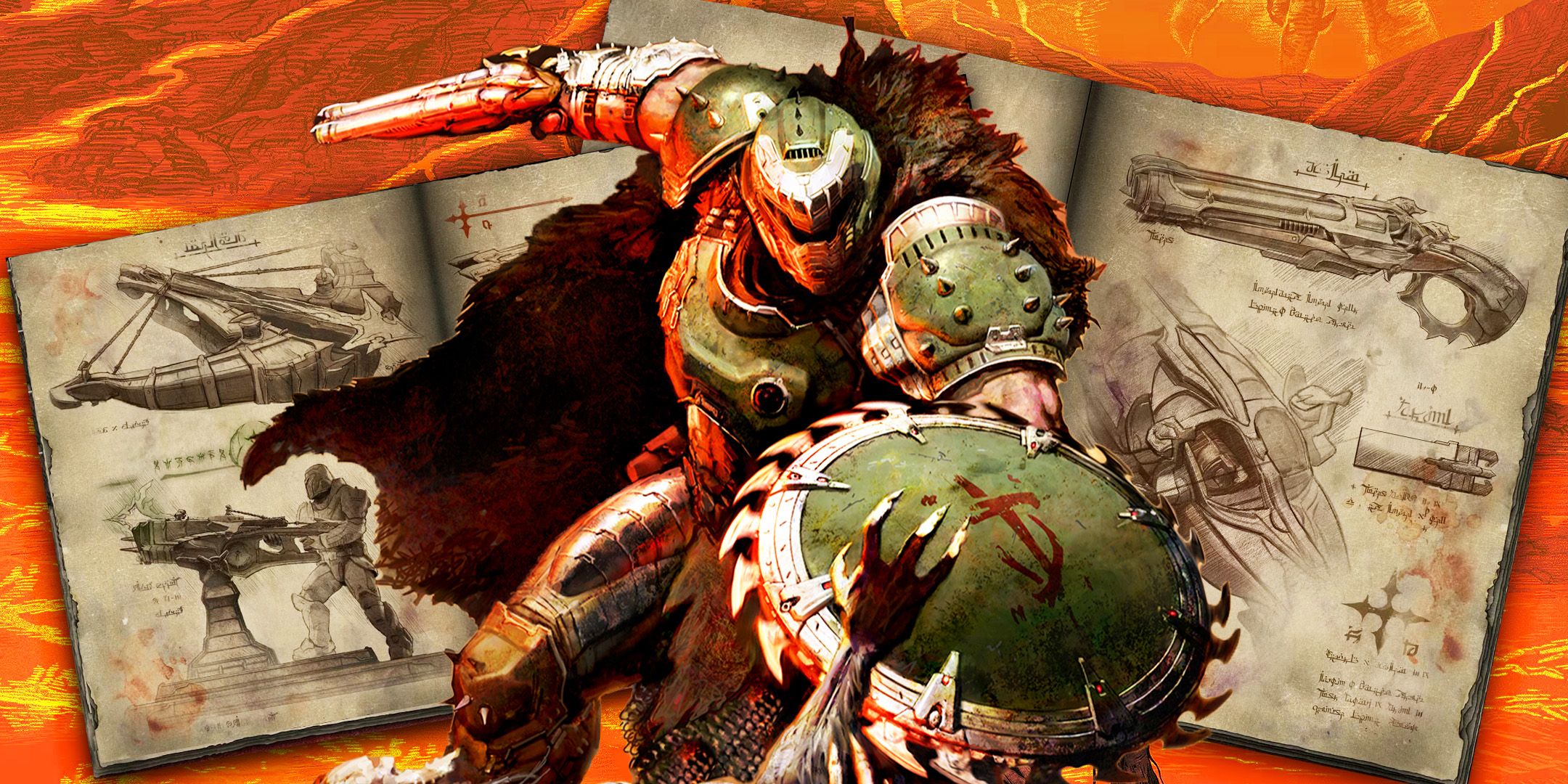
Can you talk to me about the change with the origins and how it ’s more based on who a fictitious character was instead of their specie ?
Jeremy Crawford : As we reimagined the character creation process , we really wanted to center your imagination on your reference year choice . So now when you make your character , the first decision you make is your character socio-economic class because that really influences the fantasy that a person has , whether they ’re a wizard , a fighter , a ecclesiastic . And then what we do is we ask you to contemplate , What did you do before you became a superstar or a ranger or a paladin or what have you ?
And then once you figured out what you did before , which is present by your backcloth , you then sort of go back through your character ’s backstory and then ponder your birth , which then naturally result to you just choosing your character metal money . And so it ’s really now about the narrative of it . It ’s really about walking you through that sort of story process of how you think about your graphic symbol .
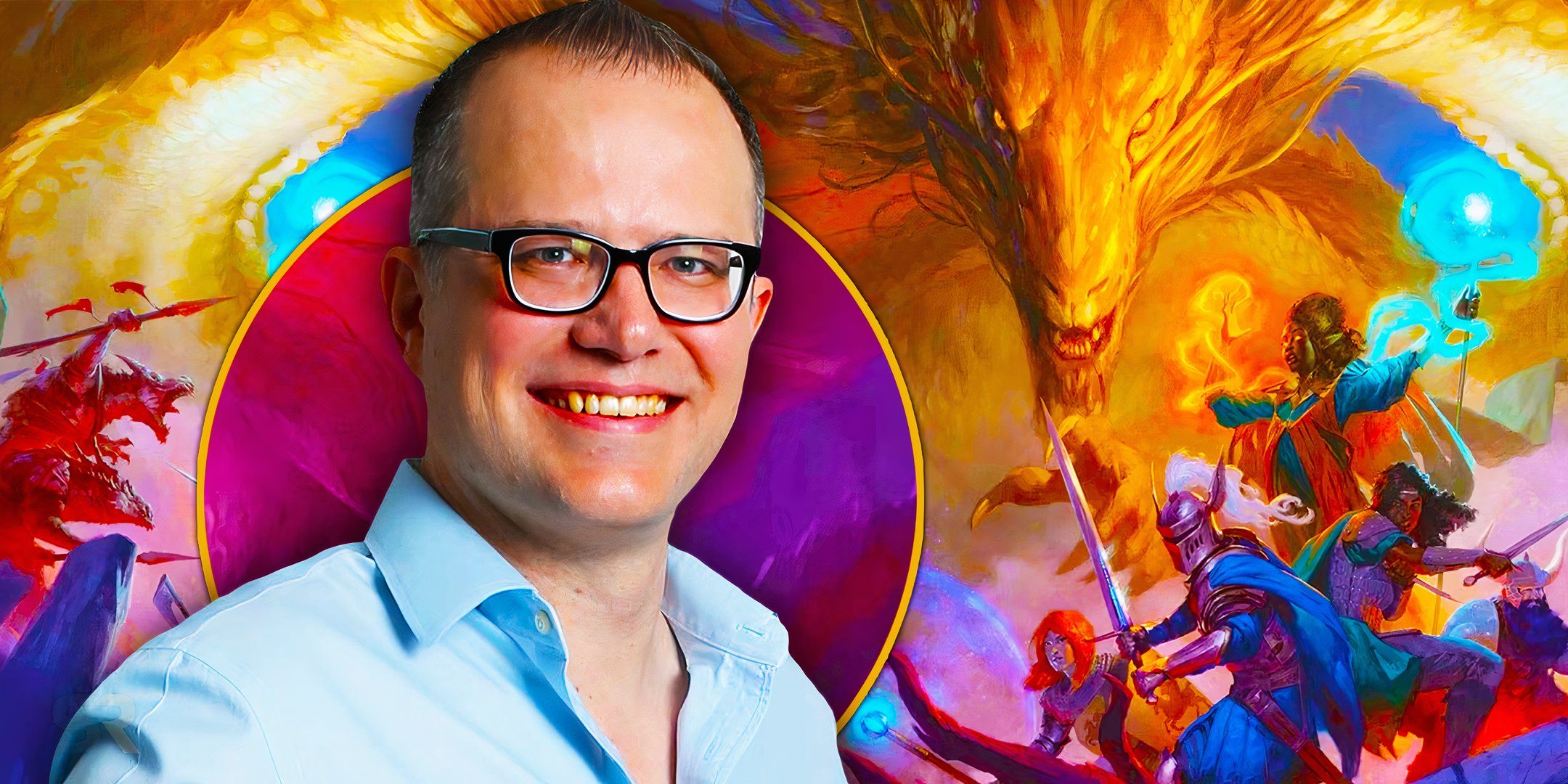
“The Artificer In Some Ways Didn’t Pass The Task Of Being Something Universal To All D&D Worlds”
How did you make indisputable that the narration facial expression of D&D is even more heavily influential in the new core rulebooks while still keep the mechanics and crunchiness that so many players jazz ?
Jeremy Crawford : So what we did is we not only amped up the story of your origin , but we also amped up the crunch , especially on the background side because one of the thing we wanted to do is make your character reference ’s backdrop more meaning for your character . And so as a part of that , each desktop now gives you a starting feat , which is from a new family of feats call Origin Feats . And each of those origin effort , some of which appeared in a different configuration in the 2014 Player ’s Handbook , but then others are brand newfangled .
Each of those gives you something that will benefit your fictitious character for the rest of your life history . So example are like the tough exploit , which was in 2014 , where just I simply have more dispatch points and you ’re going to revel the fact that you have more hit point for your character ’s whole career and I get that because of my background . Your background also now influences your ability scores . So in 2014 , you get some ability modifiers from your species that ’s no longer the case .
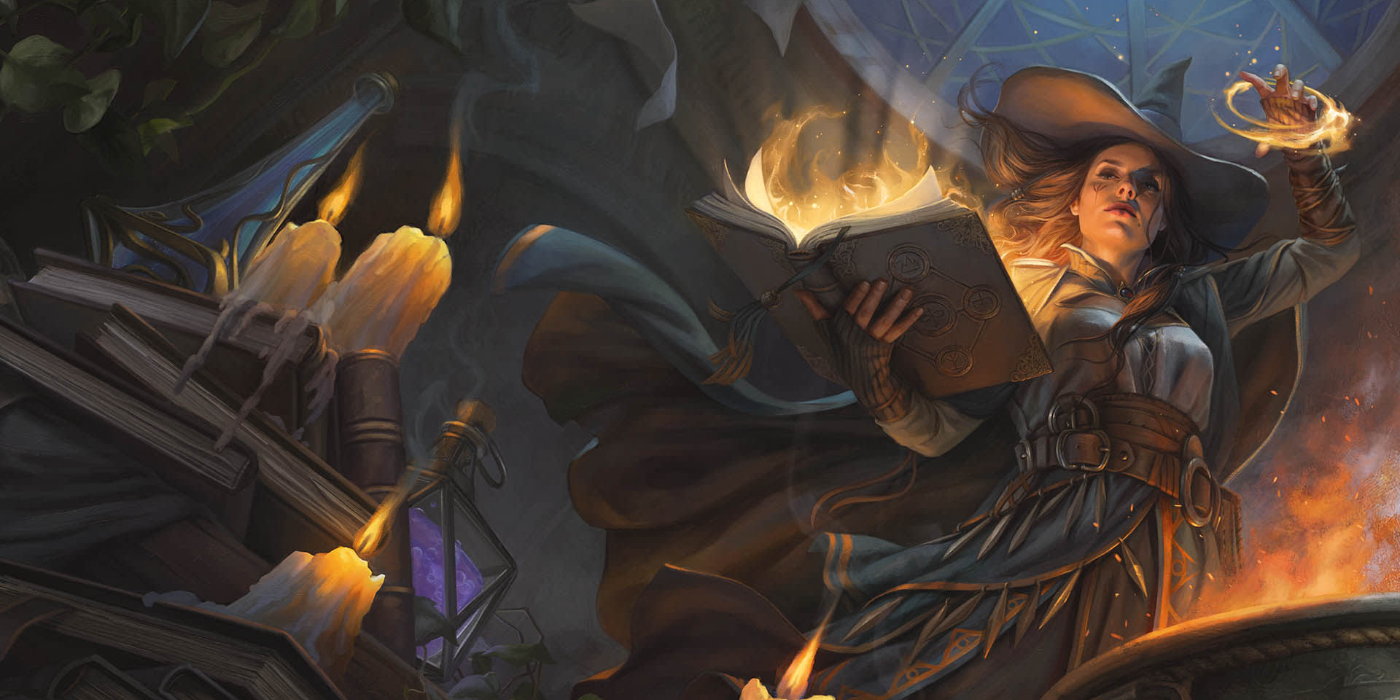
Instead , backgrounds now each give you a list of three ability scores and you opt which of those three gets a positive two and which one gets a plus one . Or you could just make up one’s mind that you get plus one in all three of them . The background all have different combinations for you to believe , which we also did to ensure each background interlocked with several different division . We wanted to make it so that no desktop felt like it had to always be pair with a picky class .
So now we ’ve made it so that a necromancer is just as happy to get acolyte as their ground as a cleric is . We require there to be some fun unexpected combos , which we encourage part through the ability grudge choices that we give to each background . So again , your setting is definitely a heftier part of your fibre than it ever was before .
How did you choose which form to let in ? Many have noted that the Artifcer was n’t include .
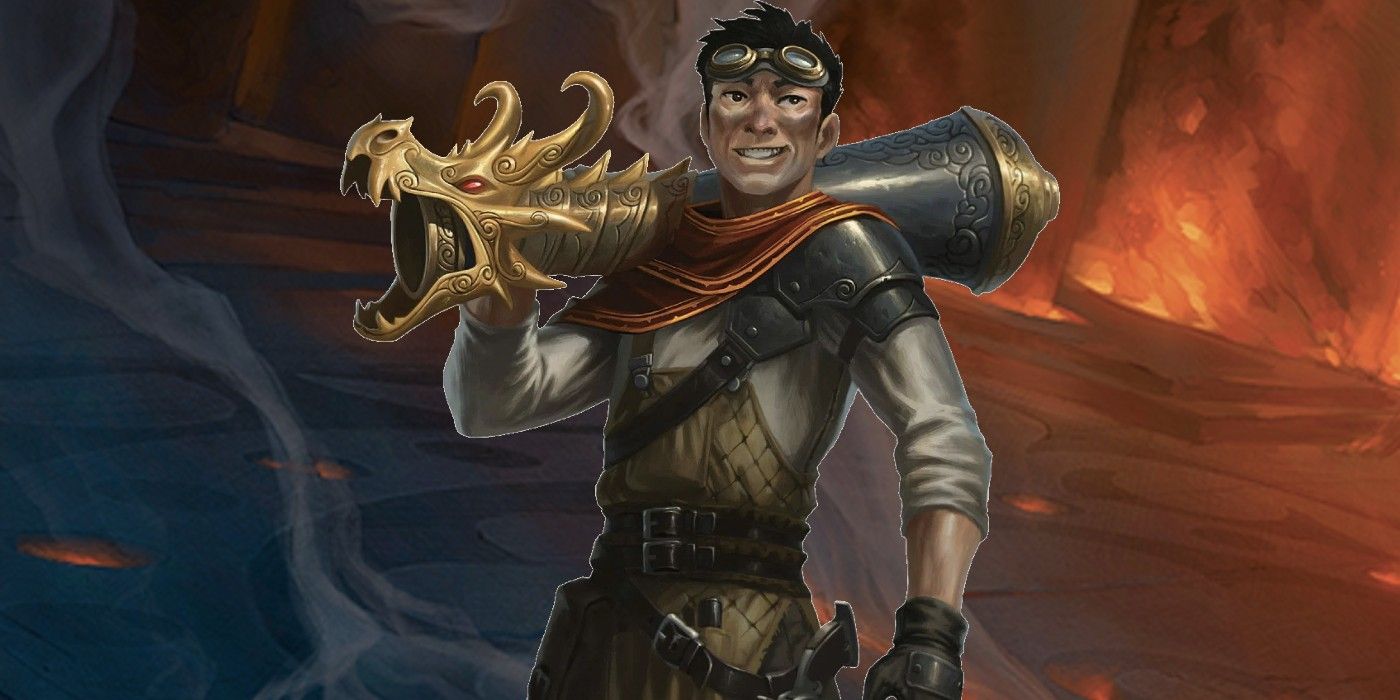
Jeremy Crawford : So our focus was to carry forward the 12 form that were in the 2014 Player ’s Handbook . We considered including the Artificer , but the Artificer in some ways did n’t pass the task of being something universal to all D&D worlds . We love the Artificer . I have my journeyman NPC in the acquisitions incorporated game that I ’ve even also wreak on stage , Vi , who appears in a musical composition of artistic production in the Player ’s Handbook incidentally , just to show how much I love Artificers .
But we just felt that the compounding of Artificers being a bit niche , but also we had a limited number of pages in a Quran that we already had a hard time fitting everything into it . But as I mentioned , we have some fun newfangled things in store for the Artificer because the Artificer has n’t baffle any prescribed new options in a while . It ’s been since Tasha ’s Cauldron and we are in spades aware of that and we are get to address that .
Jeremy Crawford Explains How The New Subclasses Reveals A Side Of The 3 Classes “People Have Never Seen Before”
Can you break down the new subclasses and what inspired you all when crafting them ?
Jeremy Crawford : So each of the new subclass unlock a side of their three course of instruction that I think citizenry have never construe before in the prescribed game . Starting with the College of Dance in the Bard , one of the thing we want to do with the Bard class itself this prison term around is really show the class is not all about words . Because typically Bards have been very much about either tattle or poetry . We wanted to tilt into the fact that in our man a major form of performance in all culture is dance .
This also is combine with the fact that in the new Player ’s Handbook , we ’ve been explicit about the fact that in the D&D multiverse there is a coarse augury voice communication that people use . So we also wanted to push back home that communicating does n’t always think phonation . So the College of Dance was a way for us to have a whole subclass that is about prowess through movement . That subclass also gives the Bard a little penchant of Thelonious Monk by being really good at turn some badass terpsichore move into harm to enemies .
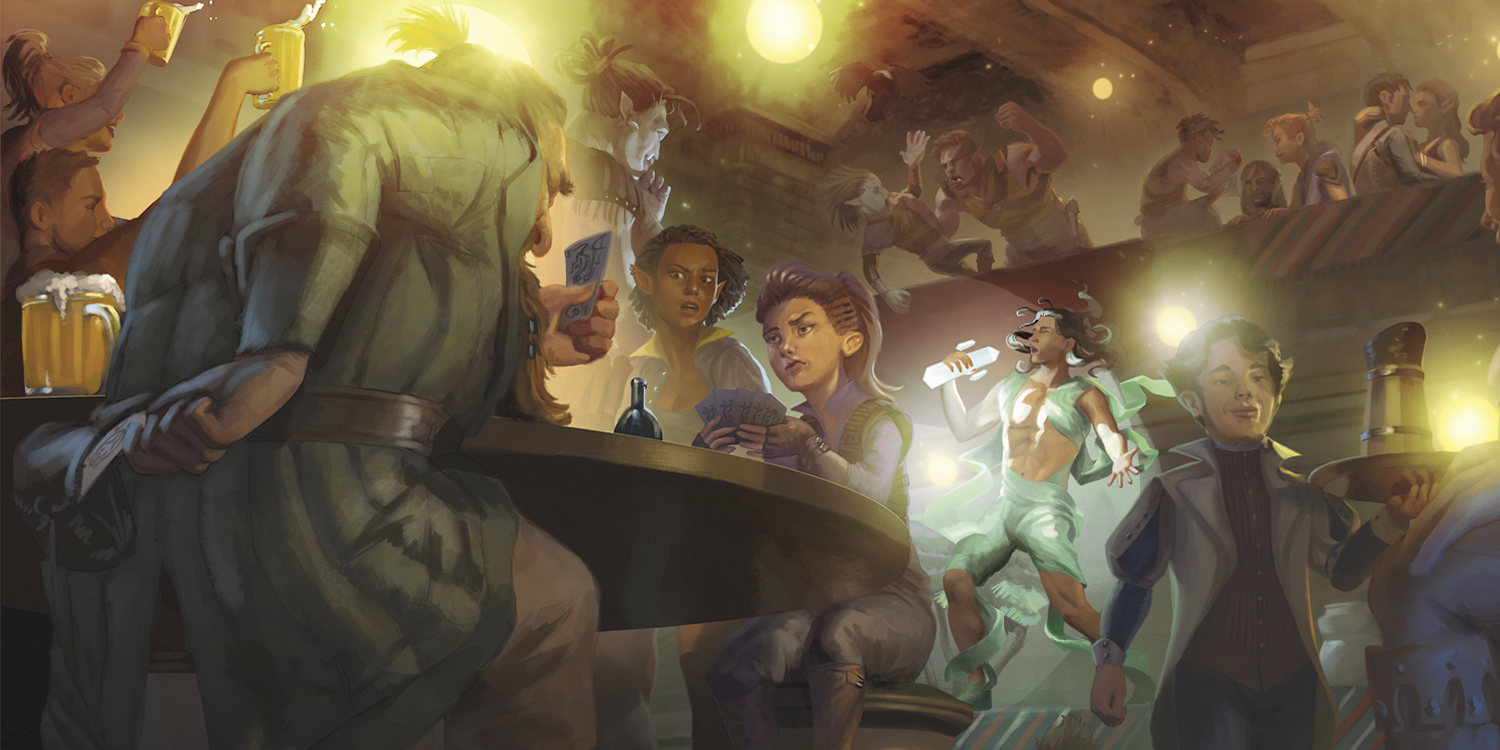
But then also we have some features in the College of Dance that we fundamentally believe of as internally when we were work on it , we would refer to them as the flash rabble features because it ’s about assist your friends move with you . And I really go for that groups will describe it as them dance together .
And then with the Circle of the Sea in the Druid , this was a chance for us to address what I considered to be a big spread in the Druid ’s class report , which the Druid is all about nature . And in most D&D world , just like in our world , a lot of nature is water . And so this here with the Circle of the Sea , you could act as a Druid now that is all about creatures from the sea , the power of storm , water . One of our goals there was to not stick in essentially the Aquaman problem .
We did n’t want to have a druid who was only utilitarian if they were near a body of water , which is one of the reasons why we created a feature that appeared in the Unearthed Arcana for this subclass where they have this sort of swirl waters around them . So our answer basically was they bring the sea with them . Also if mass are missing the Tempus cleric from the 2014 Player ’s Handbook , I would say aesthetically you get a appreciation of that in the Circle of the Sea Druid in the 2024 Players Handbook because of also the tempest element that is a part of it .
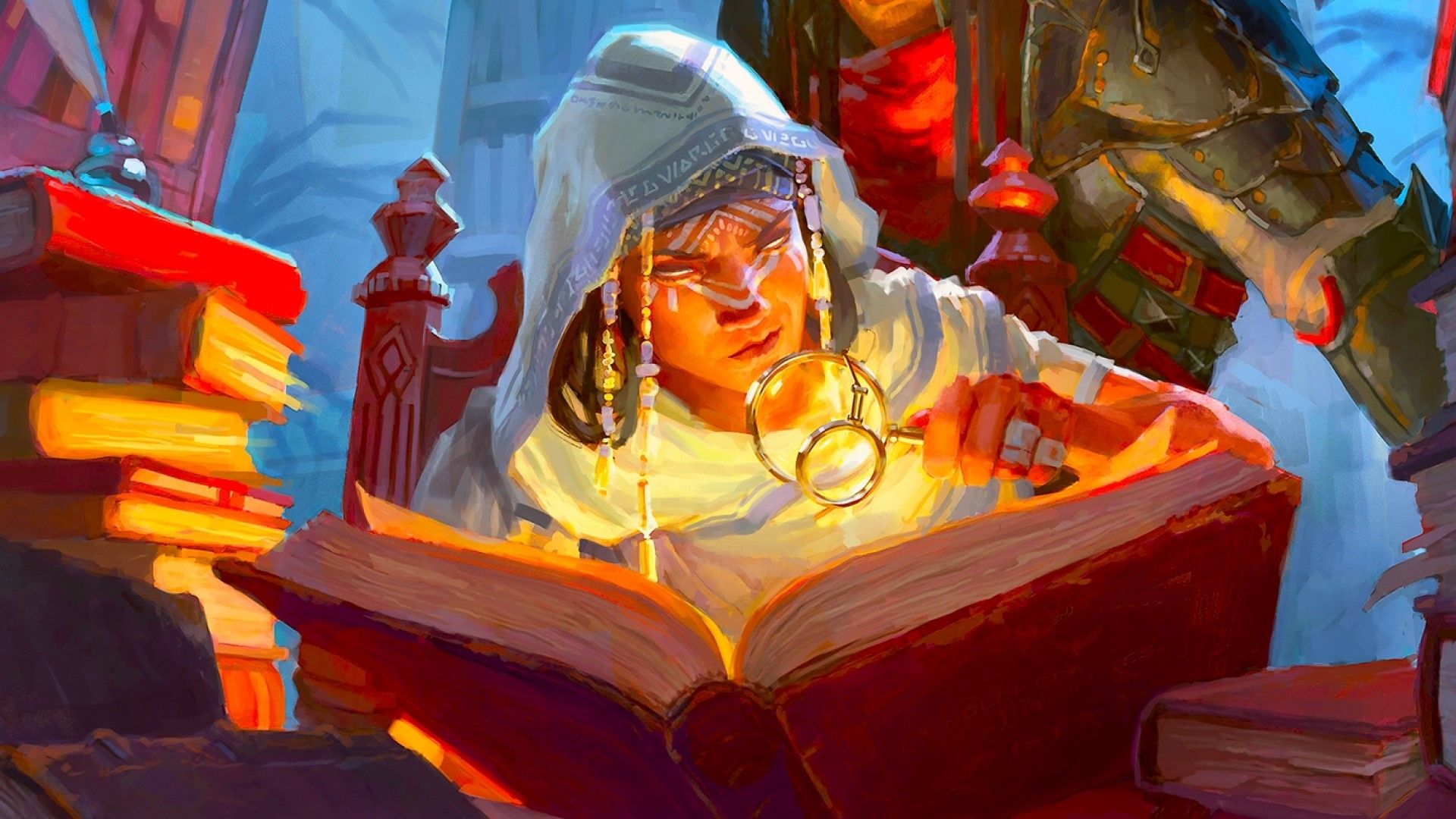
And then finally , the course of the World Tree in the Barbarian was our seek to have a barbarian in the Player ’s Handbook with a bit more magic than the other barbaric options , but also really leaning into a part of the D&D cosmology that the chord books have n’t focused on in many year . And that is the World Tree that connects all of the human race of D&D.
So we call back , how cool would it be to have this peasant who ’s Rage is powered by the world tree itself . And the Barbarian is able to apply the power of the World Tree to get rootage to recoil up , grab people , pull them toward the barbarian , and then the Goth can also use the magic of the Sir Herbert Beerbohm Tree to teleport themselves as well as their companions .
Do you have a best-loved new monster in theMonster Manual ?
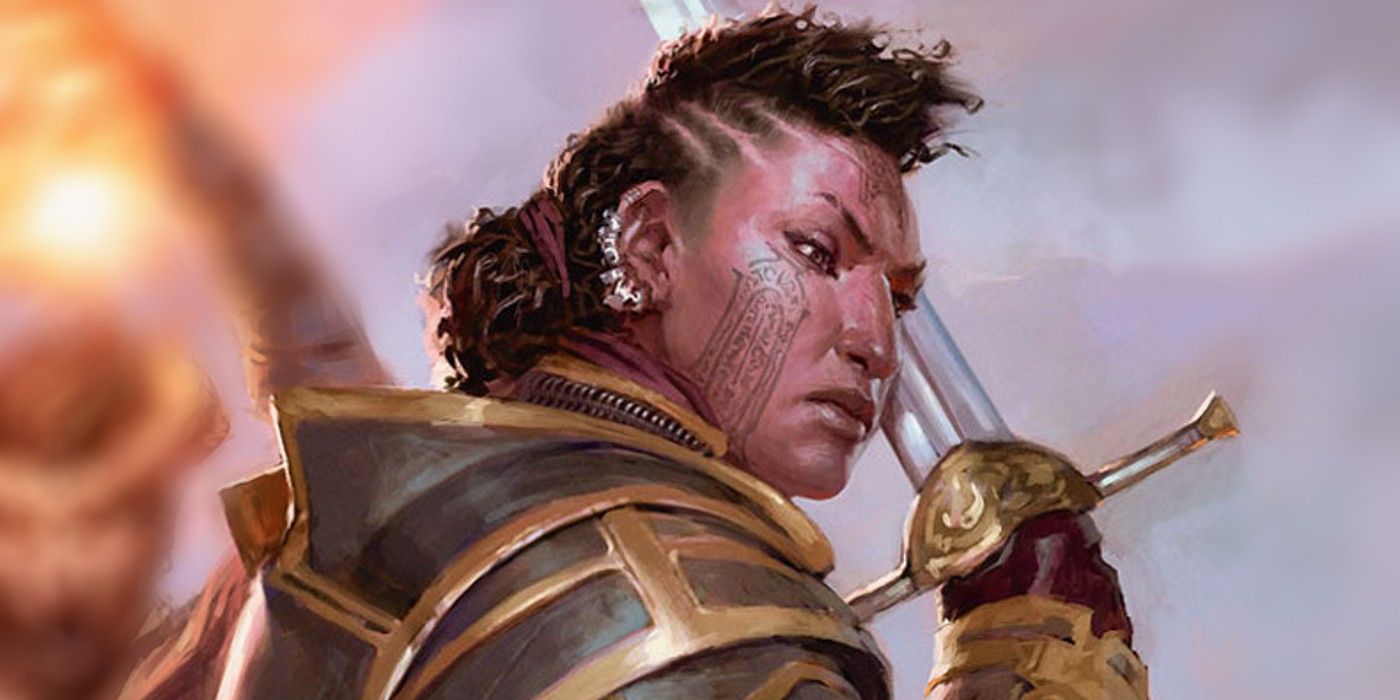
Jeremy Crawford : Oh , it is a tie for me right now between the Arch Hag and the Blob of Annihilation .
The New Dungeon Master’s Guide Is Meant To Make It “Easy For People To Jump Into DMing”
The newDungeon Master ’s Guidefeels like it ’s passing easy for mass to jump in as first - clip decimeter , which can be a very intimidating thing to do . What for you was the most crucial element to make it clear that as long as you have this account book and you ’ve at least got a basic knowledge of D&D , you’re able to stick out in and tell your own story ?
Jeremy Crawford : So that perspective of reach it easy for people to jump into DMing was a linear perspective we had work on every part of the fresh Dungeon Master ’s Guide . And so that led us to have not only an entire chapter of advice where we do n’t take it for granted that the proofreader know anything about DMing . We verbalise through a lot of the basics of DMing , including even the logistics of get the the great unwashed together .
We talk about that in the Dungeon Master ’s Guide . But then also another side of that perspective was cause certain we provide a lot of pre - made thing for the DM . So that ’s why there are a bunch of map in the al-Qur’an that the DM can just grab and apply . It ’s why we have not only five sample distribution adventure , but show the DM just how fiddling homework you could do and have a successful academic term .
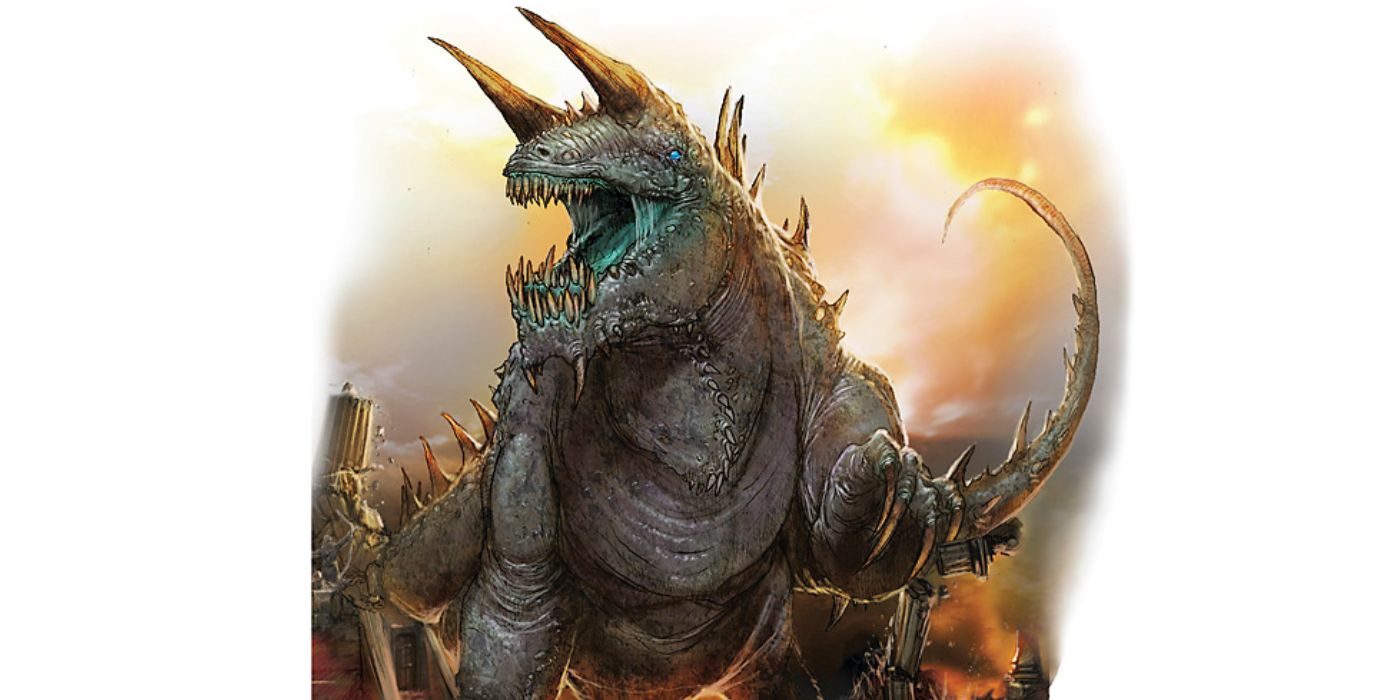
Because we substantiate that too often in the past , masses would look at our big release Koran and opine writing a whole crew of hooey like that is how you prepare to run an adventure . And we wanted to show multitude in the book of account that ’s all about being a successful decimetre . you’re able to have a successful night of D&D play with one art object of paper of notes . There ’s no need to do that much work .
Now if you require to do that piece of work and it ’s your bliss , awesome , go for it . But a mountain of DMs are prison term strapped and throughout the book we basically kind of give you cheat on codes as a decimetre for how you may accelerate up your preparation , how you may make start the game easier . So that ’s why throughout the record book you ’re give way to feel not only that pre - made content , but also the worksheet that Chris talked about to help show how you may keep lead of the information in a crusade .
What for you has been one of the most surprising division of see the rising slope in Dungeons & Dragons popularity withthings likeBaldur ’s Gate , the moving picture , and actual plays ?
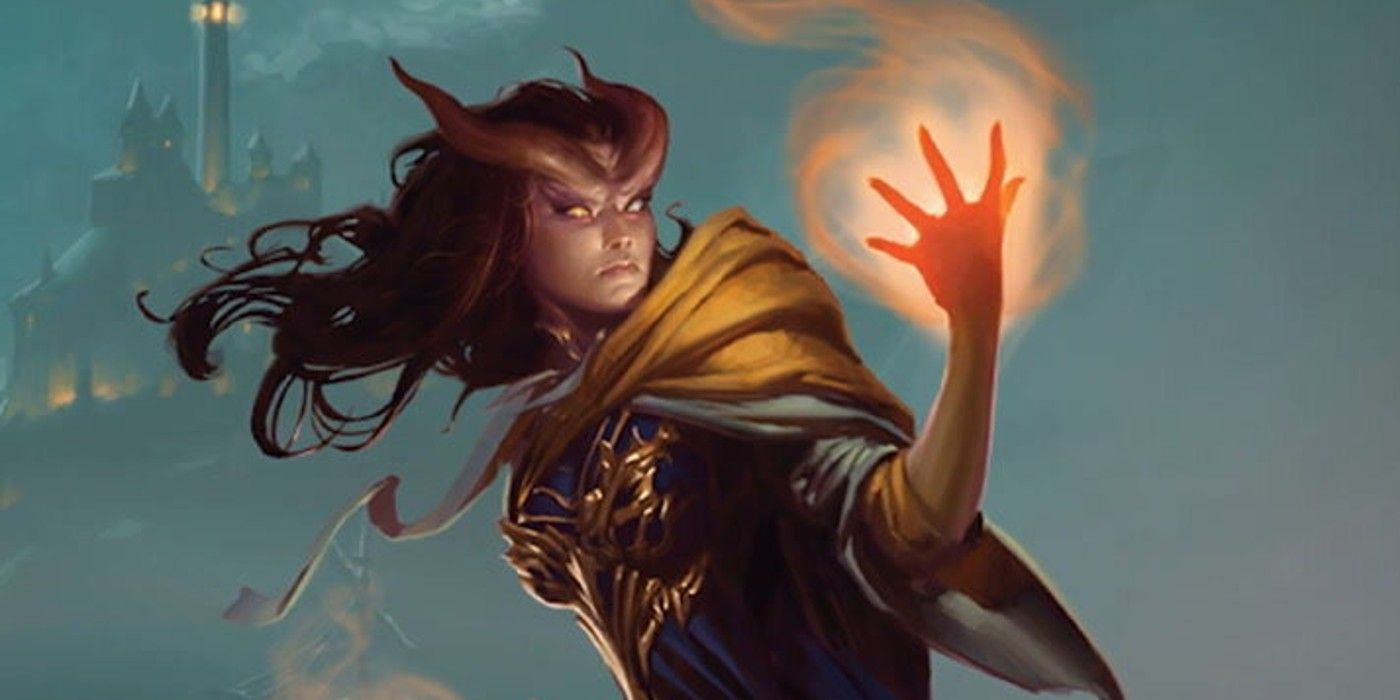
Jeremy Crawford : I ’ve just been delighted that so many the great unwashed have come to see how magic D&D is . Because I think people even who maybe saw the film and do n’t encounter D&D or who see the D&D stuff in Stranger Things and maybe even played Baldur ’s Gate but have n’t play traditional D&D.
I think all of them though are learn that magic of D&D of a ragtag chemical group of masses derive together , solving problem together and often solve those job very ill , but in a very entertaining way and seeing just how , not only playfulness that is , but how rear that is to friendly relationship to a sensation of community . I ’ve noticed with kids who play , in a way learning how to lick problems with other people . I cogitate all of that combined , it ’s like people maybe who would n’t in the past have give D&D and a second look now are like , Oh , maybe there ’s something to this plot .
Some of the subclasses , feel really different from what fan have known before . Which of the subclasses was the most change ?
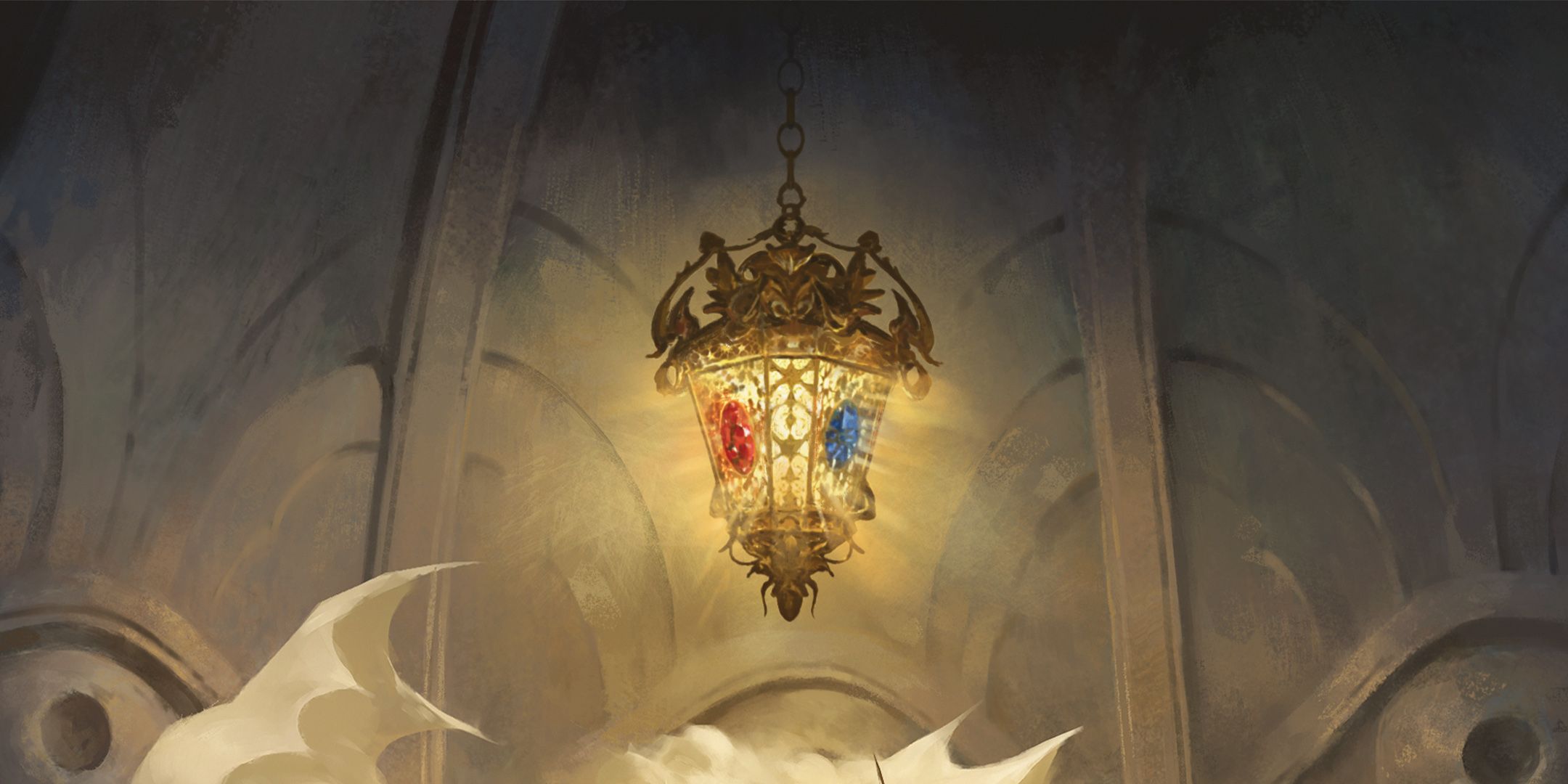
Jeremy Crawford : So of the 13 subclasses that have been completely redesigned , the one that is most dramatically redesign is the Warrior of the Elements , which was formally know as The Way of the Four Elements in the Monk . There is almost no trace of the previous subclass there other than the theme . So the theme is still there of tap into elemental power , but the gameplay is all dissimilar . I reckon it ’s going to be room more rewarding , a draw more fun , at least it for sure has been in our swordplay testing .
Jeremy Crawford Explains Why Paladins Will Want To Use More Than Just Divine Smite
Of the new spells or the novel approach to established spells , which has had some of the most surprising outcomes during the playtesting process ?
Jeremy Crawford : One of the thing I really love seeing modernise over the line of not only our growing but also the Unearthed Arcana cognitive operation was how all of the Paladin smite spells really came into focus . In the 2014 Player ’s Handbook each of the smite spells had its fans , but they were so often overshadow by just the baseline Divine Smite that a lot of Paladins just never even put out with those go .
One of the efforts that we made was to keep the basic Divine Smite still fun , but also make it open why you ’d want to cast the other single . So that included in some cases ready them more herculean . In other cases it included change their functionality . But I love that by the terminal of all of that piece of work , it now palpate like a true menu of meaningful options for the Paladin .

We have discover in our internal play mental test that member of our faculty who in the yesteryear would also ignore the Smite spells and just Divine Smite , Divine Smite , Divine Smite now are often look to those other Smite spells and thought , Nope , in this case this other Smite is actually more useful .
You talked about creating unlike levels of vampires allowing players to battle them throughout their adventure . What were some other colossus that really stuck out as monsters that people will want to fight againstmoe often throughout their movement ?
Jeremy Crawford : So we now have a weaker Lich also in the Holy Scripture . I ’ve mentioned the Apex monsters and probably the prominent saltation between the CRs before and the CR now would be the jump between the hags that were in the 2014 Monster Manual and the Arch Hag who ’s in the new Monster Manual .
We also in a number of the NPC group added , in most cases , not more gloomy atomic number 24 selection , but more high CR option because we found that too many of our NPC groups sort of petered out CR wise between five and nine and some DMs need some of these NPC at higher levels of play . So that ’s why you ’re run to see in many of those NPC group more mellow CR representatives .
“We’ve Created Many Of These Apex Monsters, They’re Examples Of Other Titans”
How do the newer monsters fit into the lore of this macrocosm ?
Jeremy Crawford : So the Arch Hag in many ways is the easy one for us to integrate because we ’ve already had the lore that in the Feywild there Archfey . Even one of our warlock subclass is all about have an Archfey supporter . So we just thought , how about we actually stat one up and put it in the Monster Manual , and we are hoping that some of our Warlock player will even have the Arch Hag as their patron . But then in other case what we did is we expanded on other traditional knowledge that was already there .
So an example of that is in the 2014 Monster Manual , we identify a few of the monstrosity including the Kraken and the Tarrasque as heavyweight , and we had said the titans are giant that were either begat by a God or create immediately by a God . So what we ’ve done is when we ’ve create many of these Apex Monsters , they ’re examples of other colossus .
So these are other monsters create by a specific God or pantheon of god . In the grammatical case of the Blob of Annihilation , it ’s also a titan . It is a heavyweight partly because it has , and you ’ll see this in the art , it has the skull of a numb God floating inside it . So that ’s sort of signaling to people how dangerous it is , it even engulf a God .
I love that you add lore to the Wish spell . What were some of your favorite constituent to really have the lore addition up the ante of a spell or even just a point about the world ?
Jeremy Crawford : I would say in every part of the book where we added new game alternative , there was also an additional lore element . So in the class chapter , part of us adding the Path of the World Tree to the Barbarian was a lore motivation because we require to get the radical of the World Tree into the Good Book itself .
In a numeral of places , including some of the example patrons we refer to in the Warlock , we ’ve added newfangled examples , new snatch of the D&D multiverse that we want to rag out because something we ’re repeating that we did in the 2014 heart Bible is we ’ve in reality sprinkle these script with touch of poppycock we ’re working on for the approaching years . So a lot of these lore things relate to stuff that we are noodling with .
You ’ll see in the equipment chapter , there are now a couple of firearms that are available in the Player ’s Handbook because almost every D&D world in the multiverse actually has firearms . So this was actually about us being truer to the lore by supply that . Also there ’s an angle to lore that ’s less about variety of world details and more about world feel that also shape a number of our decisions .
One funny example is in the equipment chapter , you could now buy a map that mechanically help you get to a lieu which is we actualize a comic thing that the game did not have , given that it ’s a game all about chance . Again , other things like now there is really a costume you’re able to corrupt that gives you a mechanical benefit . So that ’s , I mean , there ’s a kind of world feel that we think about as we come up with what we need to bring to a book like the Player ’s Handbook .
D&D Has Added “Three Entirely Different Types Of Tieflings”
Which of the found species did you even out up in thePlayer ’s Handbook ?
Jeremy Crawford : So there are 10 species in the book . Three of them are new to the Player ’s Handbook . So the Goliath , the Assimar , and the Orc . Every one of the species has something special and new in it . I would say that the Tiefling is one of the most enhanced simply because we now let in three alone dissimilar types of Tieflings within the Tiefling .
Because we had explore in some of our retiring books that there were other type of Tiefling . Given the popularity of Tiefling , we wanted to bring that into the core and show that the Tiefling that we had before in the Player ’s Handbook were in reality only one character , and now you have three types that you may choose from .
Why was this the right time to add Goliaths , Assimars , and Orcs to the Player ’s Handbook ?
Jeremy Crawford : So those three species , we added specifically for lore reasons . When we looked at our species lineup , we view them not only as important character construction choice , also each one is an artistic choice . When a somebody decide they want to take on in elf versus a dwarf , part of that is an aesthetic pick that is distinct from any of the game pattern selection that they ’re making as they think those options . Also each mintage represent a different aspect of the D&D multiverse .
So as we were firming up the lineup and expect at the species we had and what was overleap , we realized that the Dragonborn , which is a enceinte connectedness to D&D ’s , very iconic dragons , was missing a associate species that would be a connection to the plot ’s very iconic behemoth . And so that ’s how then the Goliath made it into the book . Orcs we wanted to bring in , because Orcs had been an iconic part of D&D for many decades , had been playable for many X , and we feel like it was long past time for them to calibrate into the Player ’s Handbook .
And then the Assimar is there to be the celestial full cousin to the Tiefling because we felt from a earth building standpoint , it was actually bizarre that we had supply sort of a unholy character option , but did not balance it with a celestial character alternative . That again allowed us to sort of full point the camera at several unlike parts of the D&D multiverse .
Is there a particular part of the multiverse that you want to explore more in the future ?
Jeremy Crawford : I always fuck venturing into the Feywild and also the Shadowfell partly because they are the closest to the cloth plane , which entail they lean to be a bit more relatable for citizenry than the more kind of far out prohibited planes , which get very metaphysical . But I also care them because they really capsule two very resonating type of illusion .
There ’s the fairytale illusion whimsy pair off with sort of a precarious beauty where yes , that thing ’s beautiful , but it might also kill you or entrap you here for the next thousand years . And then on the impudent side of that , the Shadowfell , which is the home of Ravenloft , D&D sports fan , myself included , love gothic horror and it ’s such a rich adventuring space . So I never tire of going to those two parts of the multiverse .
Jeremy Crawford On How The New Bastion System Is Fun For Players & A Cheat Sheet For DMs
What is the most impactful increase to theDungeon Master ’s Guidefor old hand DMs ?
Jeremy Crawford : So there are several things that I think are break down to be a Brobdingnagian hit with oldtimer DMs . One the fresh magic items because hey , more treasure , the charming token have all been retuned , so you ’re go to detect some work well than ever before . Then also the Bastion system , which can provide a very full-bodied backdrop for a DMs campaign , but also something we have n’t talked as much about , about the Bastion system is that bastions can also rick into a sort of DM cheat sheet for what interests their players .
Because if a DM pay aid to what the instrumentalist are doing with their citadel , that is a sign to the DM of the kinds of things they care about for their reference . The musician characters will also be inviting in hirlings into their passions , and those become then Nonproliferation Center that can serve bestow impressiveness to the DMs campaign . Then also experience DMs are go to be capable to benefit from all that pre - made stuff and nonsense . I ’ve been DMing since I was a fry and I have and less fourth dimension when I ’m DMing at home . So I ’m looking forward to looting all that pre - made stuff .
What has it been like for you to be a part of the festivity of 50 year of D&D ?
Jeremy Crawford : It has been an honor . It ’s also been unreal because I ’ve had to confront the world of my own long time because I begin play this game in first variant as a teenager . I meet both Gary Gygax and Dave Arneson . And So in many way it ’s been acknowledging I ’ve sort of grew up with this secret plan . It is bromidic to hear the game director of D&D say this , but all these decades later on , it ’s still my favorite game . And so I love being able-bodied to observe that it ’s endured this long and that I feel that heavy responsibility of doing everything I can to keep it healthy so that someone else in 50 years can lionise its century of macrocosm .
What are you most looking forward to in the future ? Either something specific or just a long - terminus goal that you ’re looking for in the future .
Jeremy Crawford : I have a combination goal of digging even deeper into dear element of the game from the past , because even in 10 years , Fifth Edition has really neat corners of the multiverse that it has n’t focalize on yet . But I am also just as passionate about us inspect some really new places in the years forrader . When I say stead , I mean both populace , but also newfangled elements of game design , new ways of playing that people have never envision before .
About The New Dungeons & Dragons Core Rule Books
Introducing the2024 Player ’s Handbook , the new and improved guide for fifth edition DUNGEONS & DRAGONS . Packed with endless fibre options , striking representative , and a flowing design , every part of this 384 - page record book is a joyousness to have . Excite your imagination with the2024 Dungeon Master ’s Guide , revise and expanded for fifth edition D&D ! Whether you ’re a new or experienced Dungeon Master , here ’s everything you need to weave larger-than-life tales , build fantastical worlds , and animate memorable moments for your party to enjoy . In the new and improved2024 Monster Manual , meet a atrocious zoological garden of creatures for fifth variant ! Encounter iconic D&D deary and a whole host of mighty new giant . allow their stories , illustration , and streamlined stat blocks fuel your larger-than-life risky venture .
Check back for moreDungeons & Dragonsinterviews shortly :
Dungeons & Dragons2024 Player ’s Handbookwill be release September 17 , the2024 Dungeon Master ’s Guidewill be released November 12 , and the newMonster Manualwill be release February 18 , 2025 .